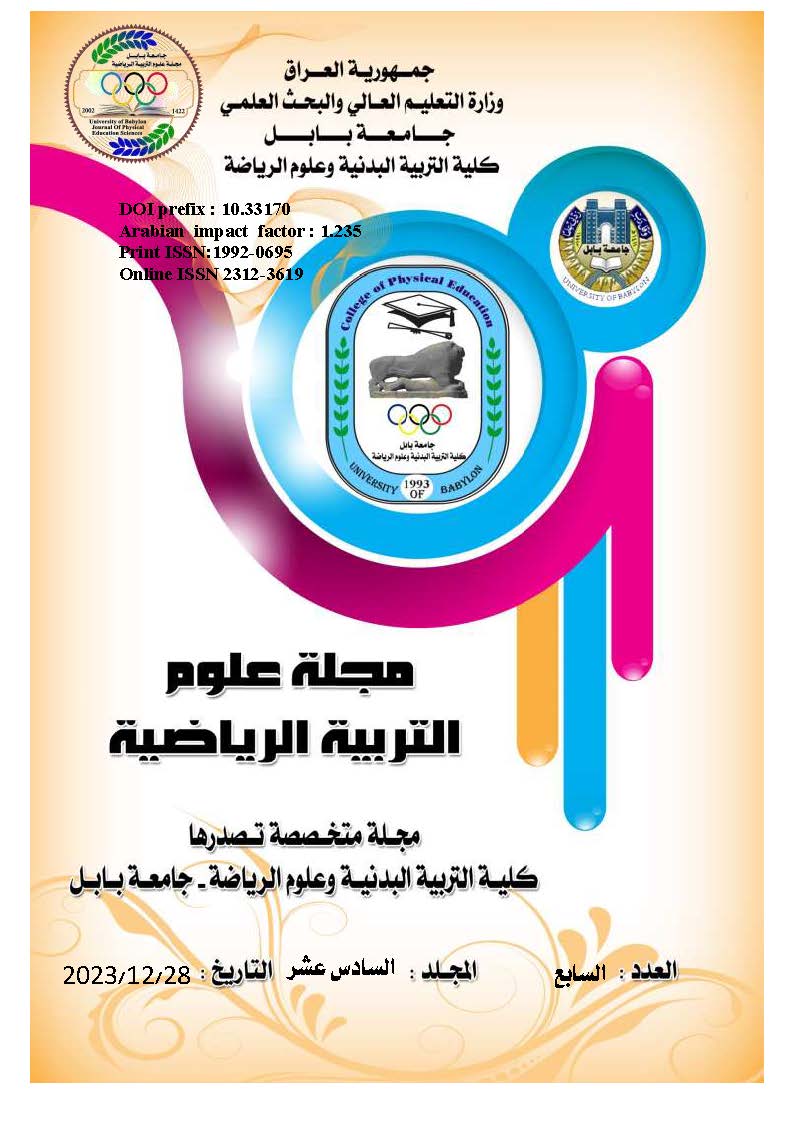The effect of rehabilitation exercises accompanied by (Ultra sound) in improving the range of motion of the knee joint for those with partial rupture of the lateral ligaments
DOI:
https://doi.org/10.33170/jocope.v16i7.917-943Keywords:
rehabilitative exercises, joint range of motion, collateral ligamentsAbstract
Abstract
The research aims to identify the effect of rehabilitative exercises accompanied by (Ultra sound) in improving the range of motion of the knee joint for those with partial rupture of the collateral ligaments.
As for the problem of the research, and through the researcher’s follow-up to the rehabilitation centers, the problem of the research came to light that most of those in charge of rehabilitating the injured rely more on therapeutic methods, with therapeutic exercises that are not regulated in terms of intensity and load, and they were repeated, and they will not deal with the injured person systematically and proficiently, especially the knee joint injury, and follow the traditional approach prevailing in the rehabilitation centers. It also depends on the experience of the therapist, which prompted the researcher to choose a method to research this topic by developing a rehabilitation program using exercises associated with the (Ultra sound) system to rehabilitate the injury of partial rupture of the lateral ligaments of the knee joint. Then the speed of the player’s recovery and return to the field is determined according to Tests range of motion of the joint in the research sample. As for the research hypotheses, the researcher assumes that there are statistically significant differences between the pre-measurement and the inter-measurement and post-measurement in improving the range of motion of the knee joint for those with partial rupture of the lateral ligaments in the research sample. As for the research fields: the human field: those with partial rupture of the lateral ligaments. of the knee joint among players of various sports (volleyball, handball, basketball, soccer, futsal, arena and field) aged (18 - 27) years, of which the number reached (14) male players who were randomly divided into two groups, one of which was One experimental group consists of (7) infected people, and the other is a control group consisting of (7) infected people.
The researcher also used the statistical package (SPSS) to obtain the best results from the tests. After processing the statistical data, the researcher reached a number of conclusions, the most important of which is: There is an improvement in the range of motion of the affected knee joint in all directions of movement during the implementation of the program. The disappearance of pain when performing all movement directions in the knee joint during and after implementing the proposed program.









